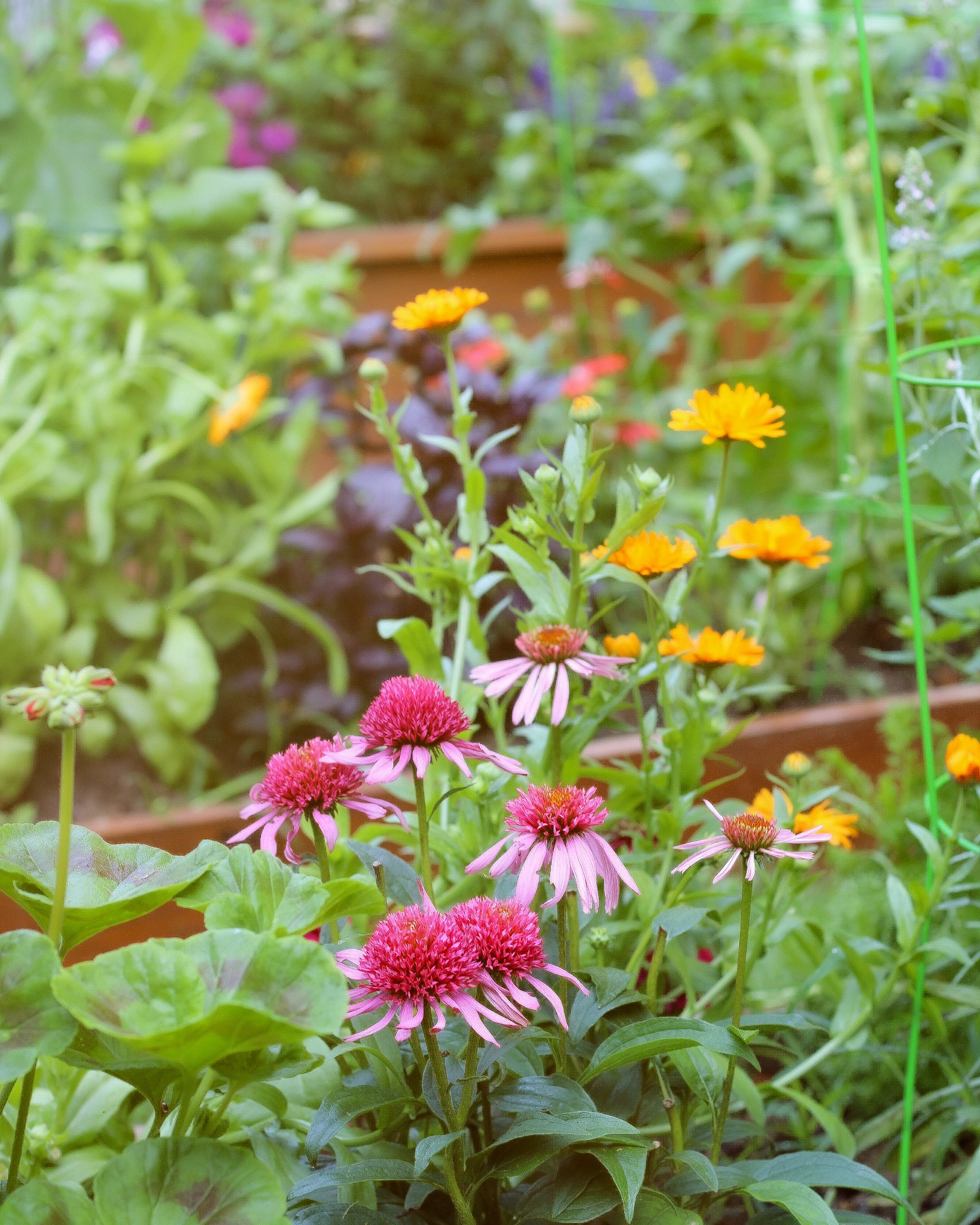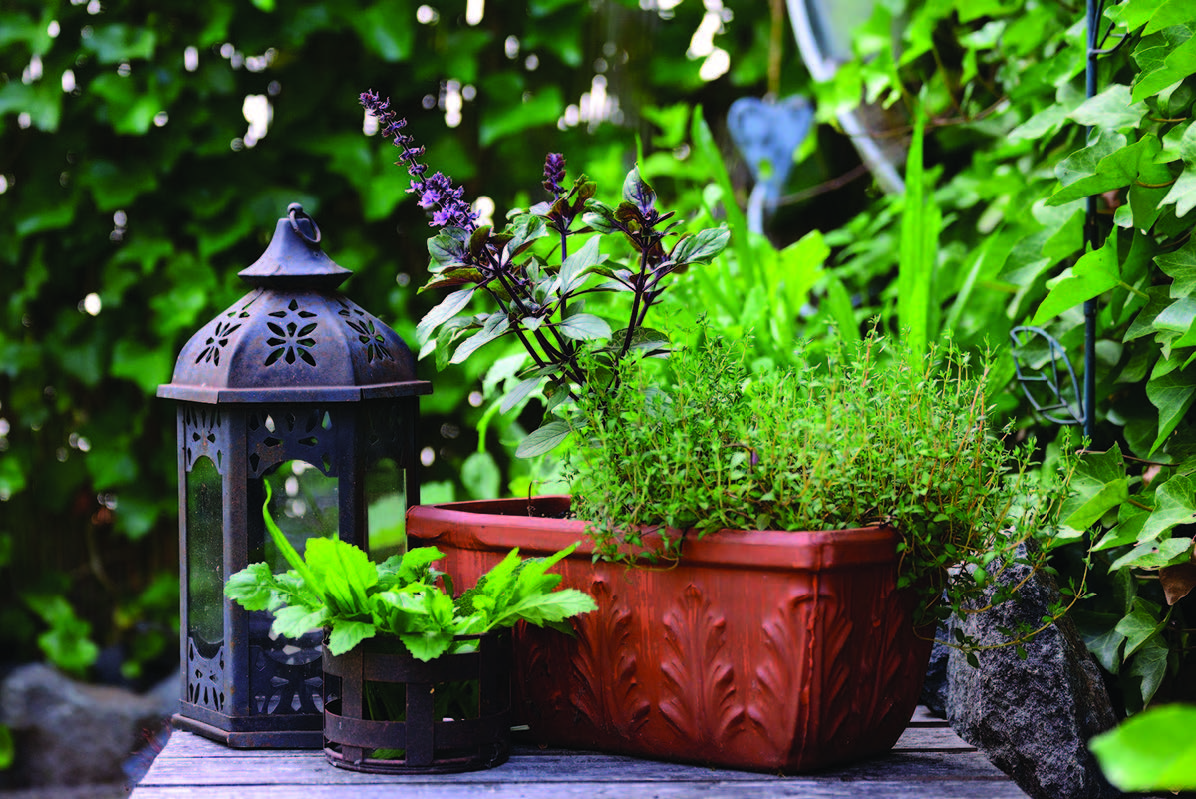Medicinal Plants to Grow in Summer
Transform Your Garden into a Natural Healing Sanctuary
Why Grow Medicinal Plants?
Summer is the perfect time to cultivate healing plants that not only beautify your garden but also provide natural remedies for common ailments. Growing your own medicinal herbs ensures you have fresh, potent plants available whenever needed, while also supporting pollinators and biodiversity in your garden ecosystem.
This guide highlights six powerful medicinal plants that thrive in summer conditions and offer a range of healing benefits for you and your family.
Calendula
(Calendula officinalis)

Growing Conditions
- Full sun to partial shade
- Well-drained soil
- Easy to grow from seeds
- Blooms throughout summer
- Annual, but self-seeds readily
Medicinal Benefits
- Potent skin healing properties
- Anti-inflammatory and antiseptic
- Supports wound healing
- Soothes burns, rashes and irritation
- Mild antifungal properties
How to Use
- Infused oils for skin salves
- Tinctures for internal use
- Fresh petals in salads
- Dried flowers for tea
- Compress for skin issues
Echinacea
(Echinacea purpurea)

Growing Conditions
- Full sun exposure
- Well-drained soil
- Drought-tolerant once established
- Perennial in USDA zones 3-9
- Native to North America
Medicinal Benefits
- Immune system booster
- Helps reduce cold and flu duration
- Anti-inflammatory properties
- Supports respiratory health
- Antimicrobial and antiviral qualities
How to Use
- Dried root or leaf tea
- Tincture of roots and flowers
- Gargle for sore throat
- Immune-supporting decoction
- Fresh or dried in capsules
Lemon Balm
(Melissa officinalis)

Growing Conditions
- Partial shade in hot summers
- Rich, moist soil preferred
- Vigorous spreader (consider containers)
- Perennial in zones 4-9
- Member of the mint family
Medicinal Benefits
- Calming to the nervous system
- Excellent for heat exhaustion
- Supports healthy digestion
- Relieves stress and anxiety
- Promotes better sleep
How to Use
- Fresh or dried tea
- Cold infusion for cooling properties
- Tincture for anxiety relief
- Added to summer beverages
- Infused honey for soothing tea
Lavender
(Lavandula angustifolia)

Growing Conditions
- Full sun exposure
- Well-drained, sandy soil
- Low to moderate water needs
- Perennial in zones 5-9
- Prune after flowering
Medicinal Benefits
- Promotes relaxation and sleep
- Reduces stress and anxiety
- Mild pain relief properties
- Antiseptic for skin issues
- Relieves headaches
How to Use
- Dried flowers for sachets and tea
- Essential oil for aromatherapy
- Sleep pillows and bath blends
- Infused oil for skin care
- Culinary herb in small amounts
Holy Basil (Tulsi)
(Ocimum sanctum)

Growing Conditions
- Full sun to partial shade
- Rich, well-draining soil
- Regular watering
- Annual in most climates
- Pinch flowers to promote leafy growth
Medicinal Benefits
- Powerful adaptogen for stress
- Supports immune function
- Promotes respiratory health
- Helps maintain normal blood sugar
- Antimicrobial properties
How to Use
- Fresh or dried tea
- Tincture for regular use
- Dried leaves in capsules
- Infused honey for sore throats
- Fresh leaves for respiratory steam
Peppermint
(Mentha piperita)

Growing Conditions
- Partial sun to partial shade
- Rich, moist soil
- Aggressive spreader (use containers)
- Perennial in zones 3-8
- Harvest regularly for bushy growth
Medicinal Benefits
- Aids digestion and relieves gas
- Soothes headaches
- Opens respiratory passages
- Cooling for summer heat
- Antimicrobial properties
How to Use
- Fresh or dried tea
- Cold infusion for cooling
- Essential oil for headache relief
- Added to summer drinks
- Compress for muscle pain
Tips for Growing Your Medicinal Garden
Planting & Location
- Group plants with similar water needs
- Position invasive herbs like mint in containers
- Choose a location with good drainage
- Consider the mature size of each plant
Care & Maintenance
- Harvest in the morning after dew has dried
- Regular pruning promotes fuller growth
- Mulch to retain moisture and prevent weeds
- Watch for pests and treat naturally
Harvesting
- Harvest leaves before flowering for greatest potency
- Collect flowers in full bloom
- Gather roots in fall for perennials
- Dry herbs quickly in a warm, dark place
Preserving
- Store dried herbs in airtight containers
- Make tinctures with fresh herbs when possible
- Freeze herb-infused ice cubes
- Infuse herbs in oil, honey, or vinegar
Important Notes
- Before using any medicinal herb, research proper dosages and consult with a healthcare provider.
- Some herbs may interact with medications or have contraindications for certain health conditions.
- Pregnant and nursing women should be especially cautious with herbal remedies.
- Ensure correct plant identification before harvesting and using.
- Use organic growing methods for medicinal herbs to avoid chemical contaminants. Happy Gardening…





